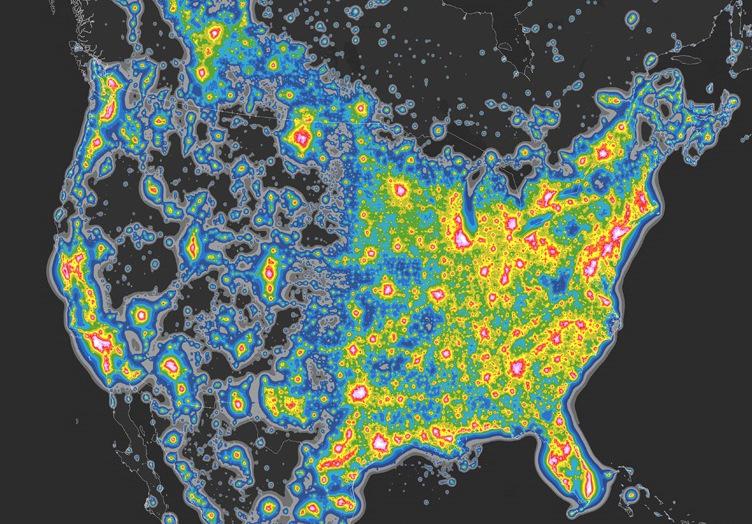Light pollution blankets America so extensively, almost four out of five can’t see the Milky Way at night from where they live.
And the United States is not even in the top 20 of the most light-polluted countries, according to a new global atlas of light pollution, recently published in the Science Advances journal.

World map of artificial sky brightness. Fabio Falchi et al./Science Advances





